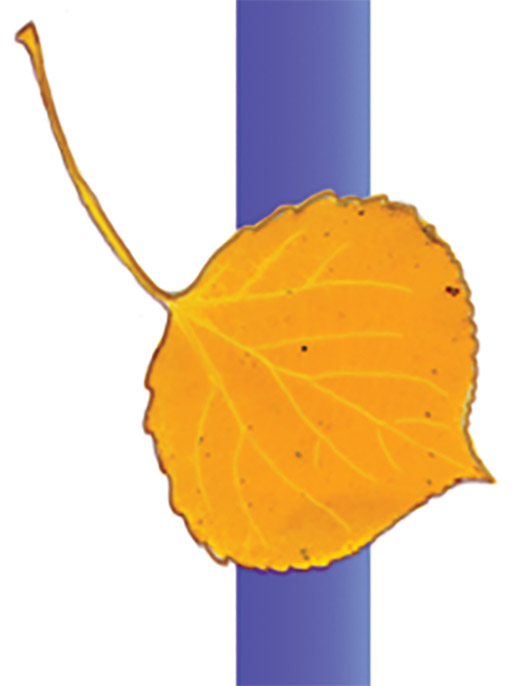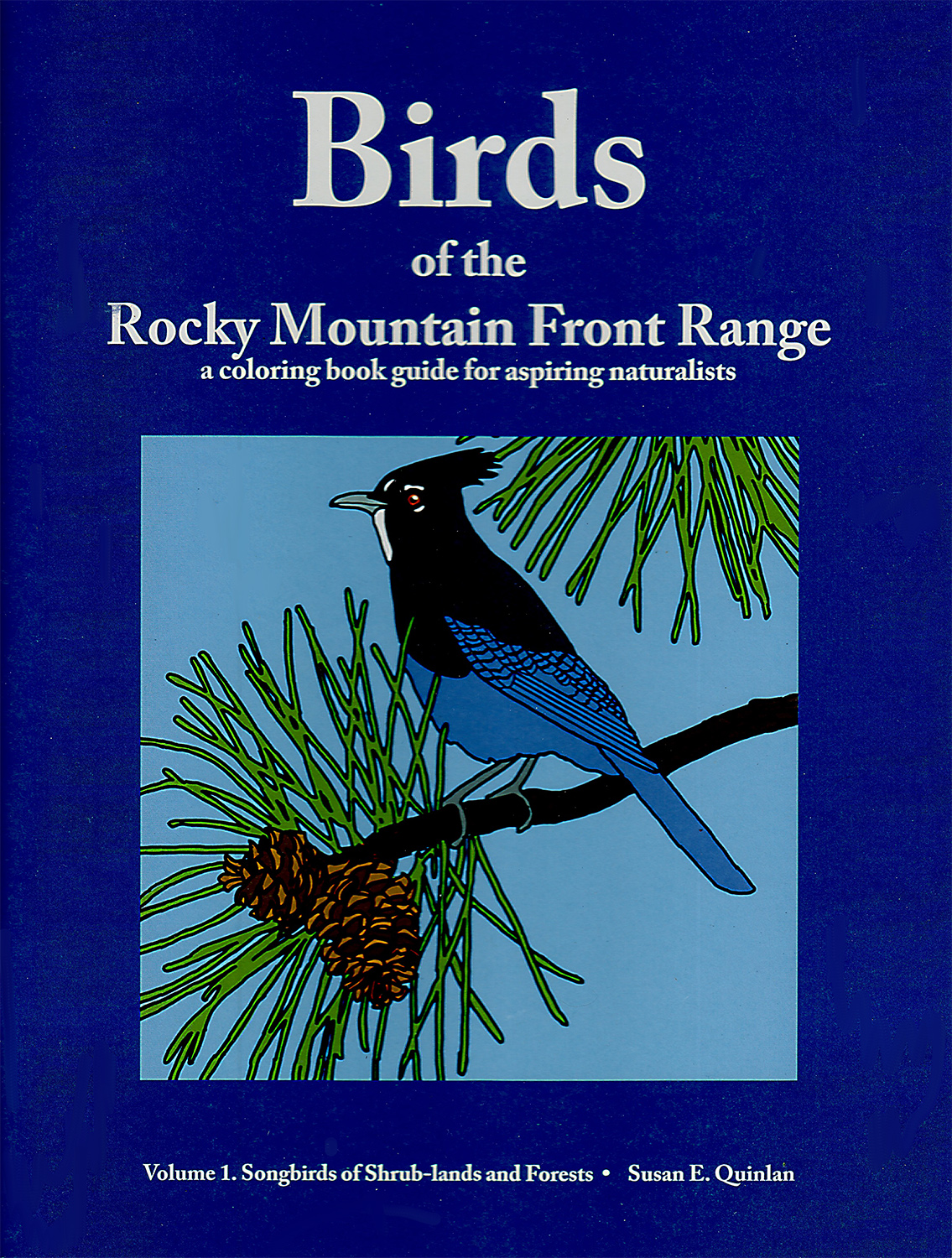
15% Discount on books, cards, and art from my online store.
No worries!! I'll only send occasional updates. And I promise to never share your email address with anyone for any reason.

No worries!! I'll only send occasional updates. And I promise to never share your email address with anyone for any reason.
School visits, group presentations, and introductory classes on nature
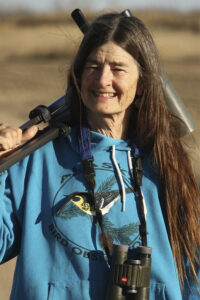
Through informative and engaging photo presentations, Susan loves to share her personal experiences and knowledge of diverse environments and wildlife with all ages. She encourages curiosity and sparks interest in science and experimental techniques during school visits. And she challenges and encourages all listeners to get outdoors and explore nature.
Susan also offers interactive, hands-on, presentations with activities geared to help students become better observers, researchers, and writers. Her books are geared mainly for ages 10 and up, but she enjoys presenting programs to audiences from kindergarten up. Available for virtual school visits and group presentations. Contact to schedule.

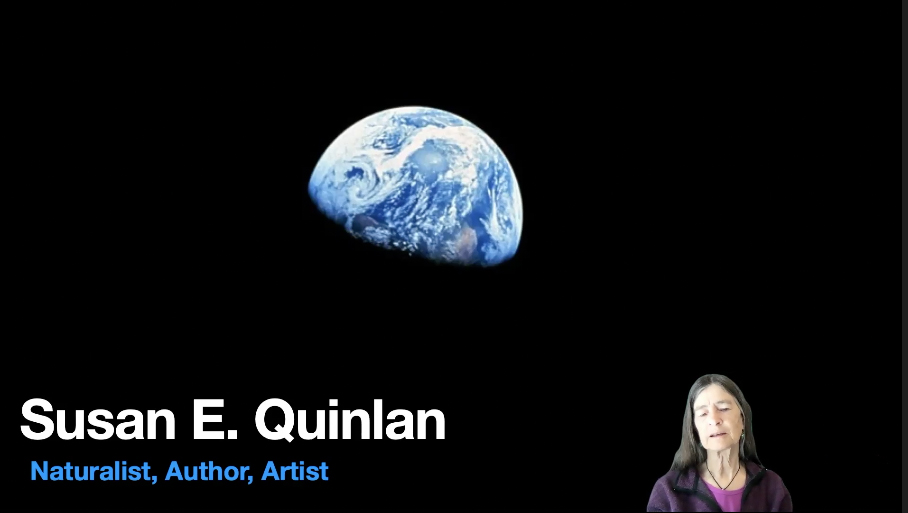 Click here or the adjacent image to view a four minute video introduction to my presentations.
Click here or the adjacent image to view a four minute video introduction to my presentations.
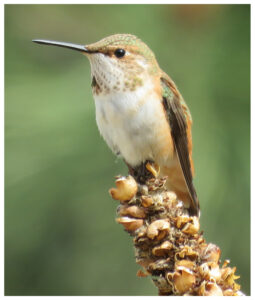 Discover the fascinating variety of birds that live in North America, from smallest to largest, brightest to most camouflaged. This introductory presentation about birds will open eyes to the beauty, diversity, surprising adaptations, and ecological values of birds. Tips for beginning bird watchers on where and when to look for birds and what to notice to help identify whatever species you see.
Discover the fascinating variety of birds that live in North America, from smallest to largest, brightest to most camouflaged. This introductory presentation about birds will open eyes to the beauty, diversity, surprising adaptations, and ecological values of birds. Tips for beginning bird watchers on where and when to look for birds and what to notice to help identify whatever species you see.
Topics (varied depending on audience age group and presentation time): traits of birds, bird sizes, shapes, colors, calls, nesting habits, feeding habits, adaptations; tips for observing and identifying birds
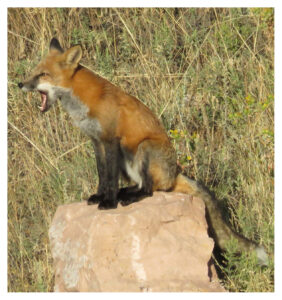 Discover the diversity of mammals that live in North America. This presentation about mammals of North America introduces listeners to mammals, including the traits they share and some of the more interesting traits and habits that vary widely. Tips for beginning nature observers on where and when to look for mammals and what to notice to help identify whatever mammal or animal sign you observe.
Discover the diversity of mammals that live in North America. This presentation about mammals of North America introduces listeners to mammals, including the traits they share and some of the more interesting traits and habits that vary widely. Tips for beginning nature observers on where and when to look for mammals and what to notice to help identify whatever mammal or animal sign you observe.
Topics (varied depending on audience age group): traits of mammals, mammal sizes, shapes, colors, calls, feeding habits, adaptations; tips for observing and identifying mammals and mammal sign
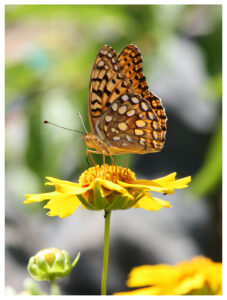 Did you know that about 70% of the animal species on Earth are insects? Most people don’t like them or even notice most of them. But insects are incredibly diverse, surprisingly fascinating, and critically important! Learn about some of their varied forms, crazy life cycles, and unique adaptations in this introductory presentation about these “little things that run the world,” as naturalist E. O. Wilson described them. Explore some of the important roles insects perform in nature, from pollination to decomposition, seed dispersal to pest control.
Did you know that about 70% of the animal species on Earth are insects? Most people don’t like them or even notice most of them. But insects are incredibly diverse, surprisingly fascinating, and critically important! Learn about some of their varied forms, crazy life cycles, and unique adaptations in this introductory presentation about these “little things that run the world,” as naturalist E. O. Wilson described them. Explore some of the important roles insects perform in nature, from pollination to decomposition, seed dispersal to pest control.
Topics (varied depending on audience age group): traits of insects, insect sizes, shapes, colors, calls, feeding habits, adaptations, ecological roles, biodiversity; tips for finding and identifying insects
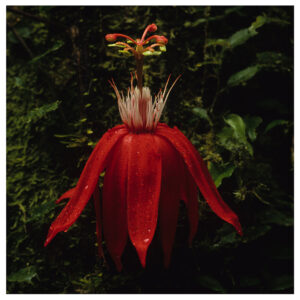 Plants populate most of Earth’s environments. They flourish in tropical and temperate regions, but also manage to thrive, or at least eke out an existence, in some of Earth’s driest, coldest, and hottest climates. In contrast to most other organisms, most plants don’t need to eat because they create their own food from the non-living environment. Also, unlike animals, most plants grow rooted in one spot. They aren’t capable of moving around (at least during most of their lives). Yet somehow plants manage to gather nutrients, find distant mates, fight off predators, travel long distances, and change the world around them! What curious tricks and wily strategies enable these stationary organisms to accomplish so much? Meet some enchanting species and some devilish ones in this engaging presentation about botany.
Plants populate most of Earth’s environments. They flourish in tropical and temperate regions, but also manage to thrive, or at least eke out an existence, in some of Earth’s driest, coldest, and hottest climates. In contrast to most other organisms, most plants don’t need to eat because they create their own food from the non-living environment. Also, unlike animals, most plants grow rooted in one spot. They aren’t capable of moving around (at least during most of their lives). Yet somehow plants manage to gather nutrients, find distant mates, fight off predators, travel long distances, and change the world around them! What curious tricks and wily strategies enable these stationary organisms to accomplish so much? Meet some enchanting species and some devilish ones in this engaging presentation about botany.
Topics (varies by audience age and presentation length): photosynthesis, plant adaptations, pollination, seed dispersal, toxins, mycorrhizal fungi
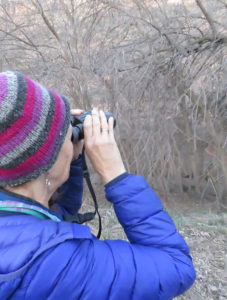
Through a photo-illustrated program and hands-on activities, Susan reveals some of the strategies naturalists use to discover and observe wildlife, plants, and other creatures that most people never notice.
By pre-arrangement, Susan is also willing to lead groups of students on field trips to a natural area to practice the techniques and skills discussed in this presentation.
Topics (varied by audience age and presentation length): observation skills, using our senses, the value of silence, patience, seasonal and diurnal changes, animal signs, safety outdoors
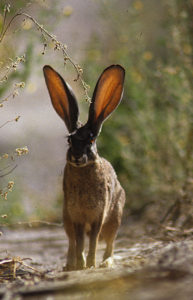 Tough Environments
Tough EnvironmentsCompare plants and animals from a variety of extreme environments. Through photos and firsthand reporting, students will visit high arctic tundra, arid deserts, and tropical rain forests to meet a menagerie of interesting creatures. Each must overcome a variety of environmental challenges to survive. Learn about the fascinating physical and behavioral traits which enable various plants and animals to thrive in the diverse environments they inhabit.
Topics: geography, environmental variables, plant and animal adaptations
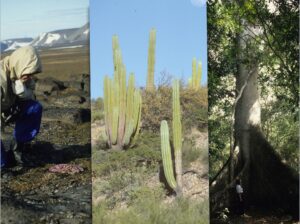
All of nature is tied together by critical but invisible connections. With photos and examples from diverse ecosystems, Susan introduces listeners to some of the fascinating ways that the non-living environment and living things interact. Using descriptions of some of the amazing invisible connections among diverse living things, she helps listeners understand how these connections keep nature running.
Topics: adaptations, photosynthesis, food chains and webs, decomposition, symbiotic relationships

Susan challenges young writers to see themselves as non-fiction authors-even when they write school reports! Sharing techniques she uses, Susan inspires students to become researchers on a treasure hunt for more than just facts. Kids learn how to place facts in context and paint pictures with words to make their own writing more compelling. They also find out why reviewing and editing are essential steps for every writer.
Topics: finding information, research sources, fact-checking, descriptive writing tricks and techniques, revisions and editing
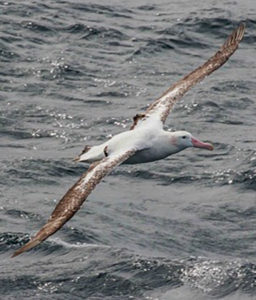
Over 300 species of birds spend nearly their entire live out over the ocean waves, far from the sight of land. Discover how diverse species survive in this seemingly hostile environment. Meet puffins and storm petrels, albatrosses and penguins, guillemots, frigatebirds, and blue-footed boobies.
Topics: oceanography, birds, seabird adapatations
Migrating animals tie one end of the Earth to the other, connecting tropical and boreal forests, deep ocean to surface waters, the arctic to the antarctic. Discover some of the amazing journeys undertaken by a variety of animals, from plankton to whales, caribou to arctic terns. Learn about some of the clever experiments researchers have conducted to uncover some of the intriguing ways that animals find their way over long distances. Review some of the questions about migrating animals that remain unanswered. And consider how climate change, habitat loss, and pollution all have far-reaching consequences due to all the migration connections in nature.
Topics: migration, science, experimental design, bird-banding, radio-telemetry, radar, celestial navigation, infrasounds, magnetic fields, conservation
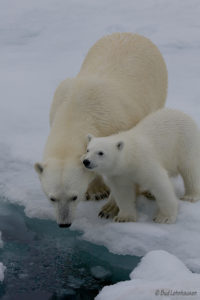
Take a photo-illustrated naturalist’s journey to some of the northernmost lands on Earth. Located just 600 miles south of the North Pole Svalbard is home to some of the hardiest living things on our planet. Learn how arctic birds, mammals, and plants are adapted to the harsh environment.
Topics: geography, tundra environments, plant and animal adaptations
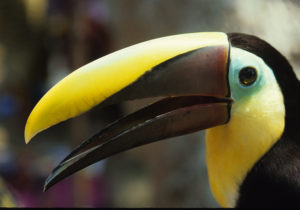 Strangely familiar plants, brightly colored birds, extraordinary mammals and bizarre insects are among the creatures students discover on this photo illustrated journey. Learn about the forests, wildlife, and people who live along this mighty river. Hands on materials for students to examine.
Strangely familiar plants, brightly colored birds, extraordinary mammals and bizarre insects are among the creatures students discover on this photo illustrated journey. Learn about the forests, wildlife, and people who live along this mighty river. Hands on materials for students to examine.
Topics: geography, tundra environments, plant and animal adaptations
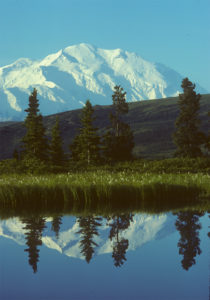 Alaska-The Great Land
Alaska-The Great LandExplore the varied environments of Alaska from towering glaciers and windswept tundra, northern rain forests to northern taiga. Discover America’s largest state through beautiful photographs and fascinating facts about its wildlife and environments. Learn about life where warm, sunlit summer nights contrast with dark, frigid winter days through photos and stories from Susan’s thirty years of living and working in the state.
Topics: geography, tundra, boreal forest, temperate rainforest, and coastal oceanic environments, plants and animals of northern ecosystems
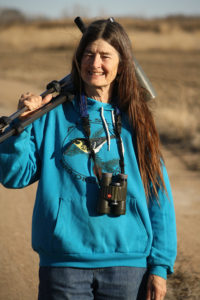 Susan enjoys helping small groups of adults and youngsters learn to see more in nature through firsthand experiences in natural areas. She is available on a limited basis as a naturalist guide. Contact her at [email protected] for additional information or to make arrangements.
Susan enjoys helping small groups of adults and youngsters learn to see more in nature through firsthand experiences in natural areas. She is available on a limited basis as a naturalist guide. Contact her at [email protected] for additional information or to make arrangements.
